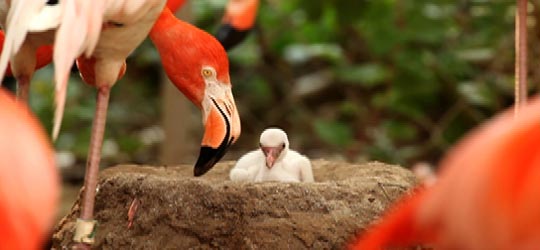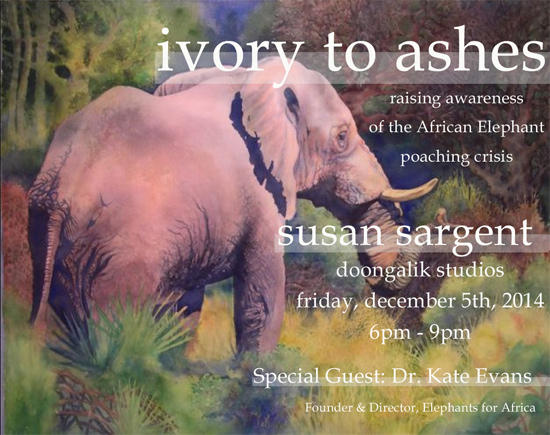
The new chick in town can barely stand on legs that one day will carry her far. She’s full of spunk, dressed in grey down, capturing hearts and stealing attention from the few who get to peek at her — she’s the first baby Caribbean flamingo chick born in captivity this year at Ardastra Gardens, Zoo & Conservation Centre in Nassau and one of the few to survive birth in captivity around the world.
“This is an exciting time for us,” said Richard Roswell, director of animal care at Ardastra, Nassau’s charming home to rare birds, reptiles and animals. “Cases of flamingos being born in captivity and surviving are rare internationally. When one was born in the U.K. in Gloucestershire, it was the first time in the 60 years of the zoo’s history that it happened and the live birth made the lead story on the BBC and international headlines. Our first live birth occurred in 2001 and for the past 10 years we have had success with one to two births every year.”
That 10-year unparalleled success has sparked the interest of scientists from abroad.
“We’ve had inquiries from other zoos trying to understand why we have been so fortunate,” said Roswell. “If there is a scientific answer, I am not sure what it is. I like to think it’s a natural and nurturing environment in which the parents are non-threatened and the mother is relaxed as the egg is gestating.”
The 44 long-legged beauties in Ardastra’s breeding program have limited contact with humans while the 19 more famous birds who perform at the park interact with guests in an arena, marching to strict orders: hup, one-two-three. Believed to be the world’s only marching flamingos, they entertain thousands annually and have appeared in dozens of magazines. Flamingos destined for parenthood take their responsibility so seriously they could serve as role models for family life, says Roswell.
“Not only are they monogamous,” he says, “but they work so hard at feeding the chick for the first six to seven months that they actually get stressed.” Feeding involves eating, digesting and regurgitating a blood-red stream of food known as crop-milk, ejected from mom or pop’s beak to the tiny chick’s open and eager mouth. The food’s colour helps to give the flamingo, born a grayish brown, its more familiar pink colour. Once grown, flamingos love company, feel better in a crowd and are naturally sociable. They can live up to 70 years.
The new chick in town was hatched Friday, May 13. It’s the latest addition to the five and a half acre zoo and park that is part jungle, part gardens and home to hundreds of mammals, birds and reptiles, including endangered species from The Bahamas and the Caribbean.
Diane Phillips & Associates



